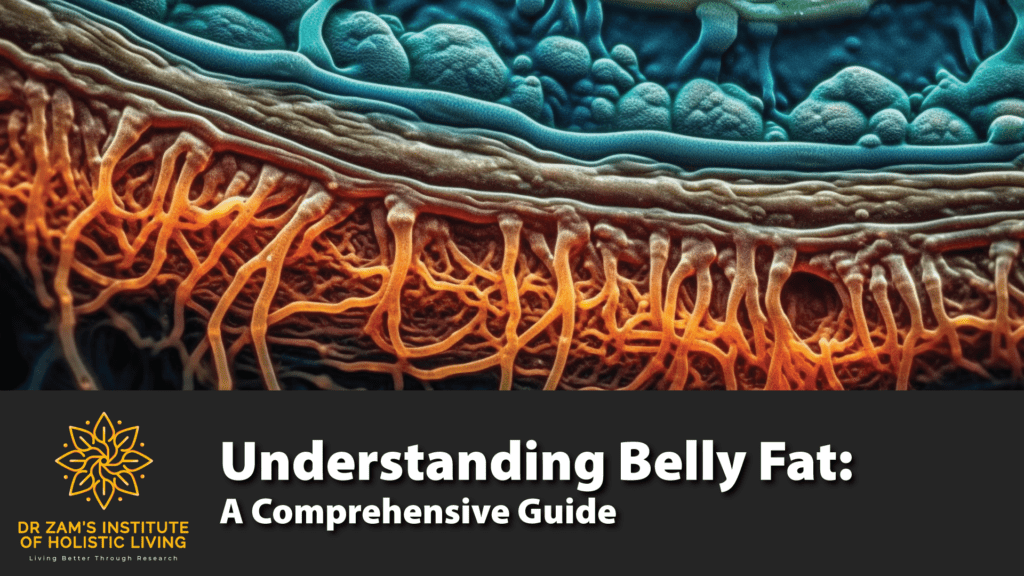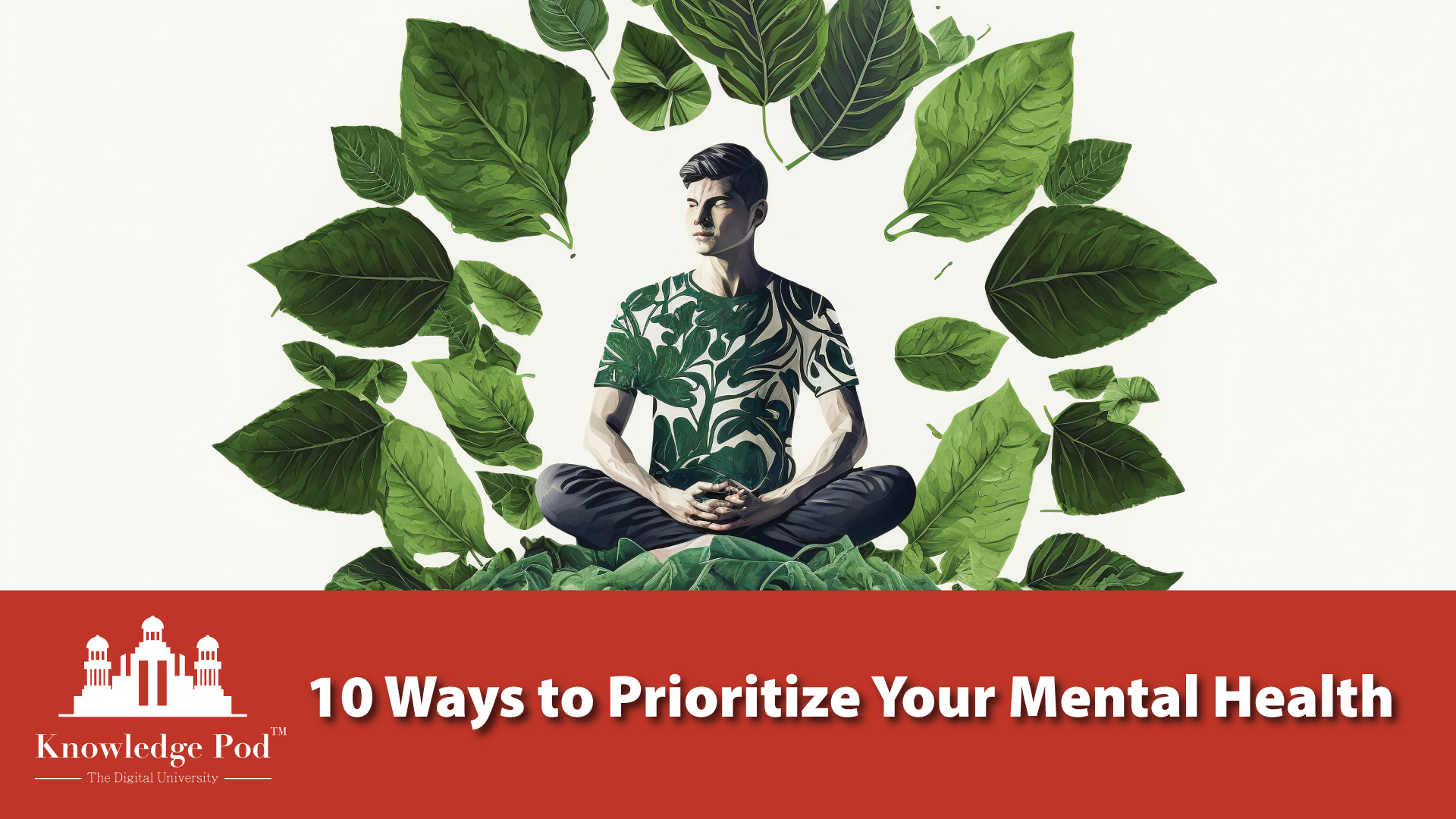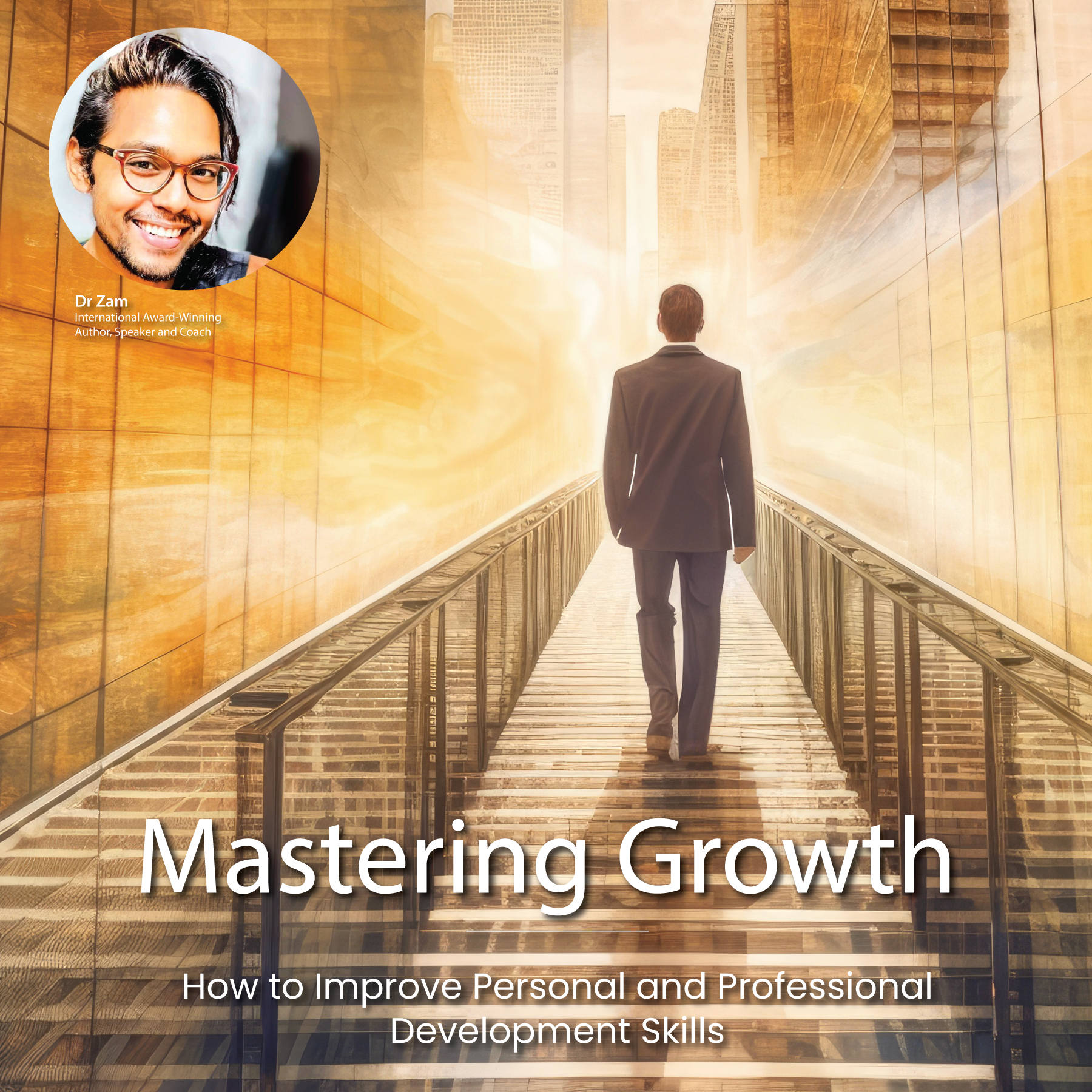
As we stand on the cusp of 2024, it’s time to embrace the new year with open arms. This guide is designed to help you step into the new year with positivity, purpose, and a plan to make it your most fulfilling year yet.
Reflect on the Past Year: Start by reflecting on 2024. What were your significant achievements? What lessons did you learn? Reflecting helps you appreciate your journey and sets the stage for future growth.
Set Clear, Achievable Goals: Set specific, measurable, achievable, relevant, and time-bound (SMART) goals for 2024. Whether it’s personal development, career advancement, health improvement, or nurturing relationships, clear goals provide direction and motivation.
Create a Vision Board: A vision board is a powerful tool to visualize your goals and aspirations. Include images and words that represent what you want to achieve in 2024. This visual representation serves as a daily reminder of your objectives.
Develop a Positive Mindset: Your mindset can be your greatest ally or obstacle. Cultivate positivity by practising gratitude, affirmations, and mindfulness. Remember, a positive mindset leads to positive outcomes.
Embrace New Habits and Routines: Identify habits that align with your goals and integrate them into your daily routine. Consistency in small actions leads to significant transformations.
Prioritize Self-Care: Self-care is crucial for your mental, emotional, and physical well-being. Make time for activities that nourish your body and soul, such as exercise, meditation, reading, or hobbies.
Stay Flexible and Adaptable: While it’s essential to have a plan, be prepared to adapt. Flexibility allows you to navigate unforeseen challenges and seize unexpected opportunities.
Build a Support System: Surround yourself with people who inspire and support you. A strong support system provides encouragement and accountability.
Welcoming 2024 is about more than just setting resolutions; it’s about creating a mindset and environment that fosters growth, happiness, and success. Use this guide as a starting point to make 2024 a year of remarkable achievements and personal growth. Remember, every new year is a fresh opportunity to rewrite your story. Let’s make it count!










